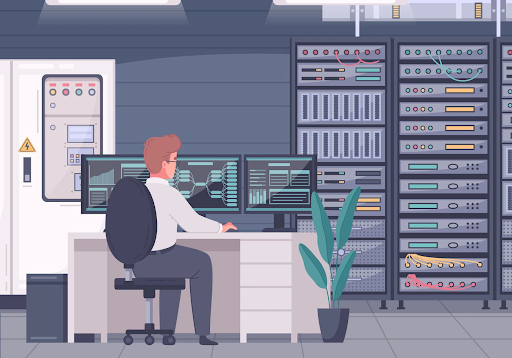What is virtualization?
Virtualization desktop is a technology that allows a physical computer to run multiple operating systems and applications in virtual machines. This technology can help organizations save money on hardware and reduce the need for IT staff.
What are the benefits of virtualization?
Virtualization has come a long way in recent years. What once was a technology used only by large organizations to increase efficiency and reduce costs is now being used by small businesses and even home users. The benefits of virtualization are many, but here are the top five:
-
Cost Savings
The most obvious benefit of virtualization is cost savings. By consolidating multiple physical servers into a single virtual environment, you can reduce your server hardware and associated maintenance costs. You can also reduce your energy costs by running fewer servers.
-
Increased Efficiency
Virtualization can also lead to increased efficiency in your IT infrastructure. By using virtualization, you can better utilize your server resources and reduce server downtime.
-
Disaster Recovery
Another important benefit of virtualization is the increased disaster recovery options. By running your servers in a virtual environment, you can easily create backups and replicas of your servers. This can help you recover quickly from a disaster with minimal data loss.
-
Flexibility
Virtualization also provides you with greater flexibility in your IT infrastructure. With virtualization, you can easily add or remove servers as your needs change. You can also move servers between physical locations with ease.
What are the different types of virtualization?
There are many types of virtualization that digital companies like vdi solution offers, but the most common are desktop, application, and server virtualization
Desktop virtualization is where each user has their own virtual desktop. This type of virtualization is popular in organizations where users need to access a variety of applications and data.
Application virtualization is where each application runs in its own virtual environment. This type of virtualization is popular in organizations where users need to access a variety of applications.
Server virtualization is where each server runs in its own virtual environment. This type of virtualization is popular in organizations where server consolidation is a goal.
What are the challenges of virtualization?

Virtualization has been a hot topic in the IT world for years now, and for good reason. Virtualization can help organizations save money on hardware and energy costs, increase the utilization of resources, and make their IT infrastructure more flexible and agile. However, virtualization is not without its challenges.
One of the biggest challenges of virtualization is managing virtual machine (VM) sprawl. VM sprawl happens when organizations have too many VMs, which can lead to decreased performance and increased complexity. Another challenge is ensuring that the correct level of resources is allocated to each VM. If not done properly, this can lead to VMs not getting the resources they need, which can impact performance.
Finally, another challenge of virtualization is security. Because VMs are essentially software, they can be more vulnerable to attack than physical servers. Organizations need to make sure they have the right security measures in place to protect their VMs.
Despite these challenges, virtualization can be a powerful tool for organizations if used correctly. With the right management and planning, virtualization can help organizations save money, increase efficiency, and improve their overall IT infrastructure.






